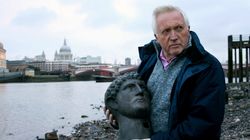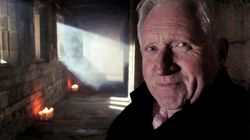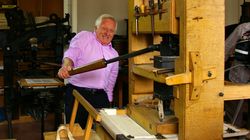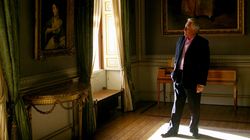Age of Conquest
Episode: 1x01 | Airdate: Jan 31, 2010
David Dimbleby tells the story of Britain through its art and treasure. The first part of the chronicle begins with the Roman invasion and ends with the Norman Conquest.
David travels throughout Britain in search of the greatest works of art from the time: the mosaics of Bignor Roman Villa, the burial treasure of Sutton Hoo, Anglo-Saxon poetry and Alfred the Great's jewel. He also goes abroad, throughout Europe, to find objects either made in Britain, or which tell us something about our past.
In Aphrodisias, Turkey, he finds the oldest image of Britannia; in Florence, a beautiful illuminated Bible made by Northumbrian monks in the 8th century; in Normandy, the Bayeux Tapestry, now believed to have been made by English nuns. He ends at the Tower of London, now seen as a symbol of Britishness, but originally built by William the Conqueror to subdue the people of England.









